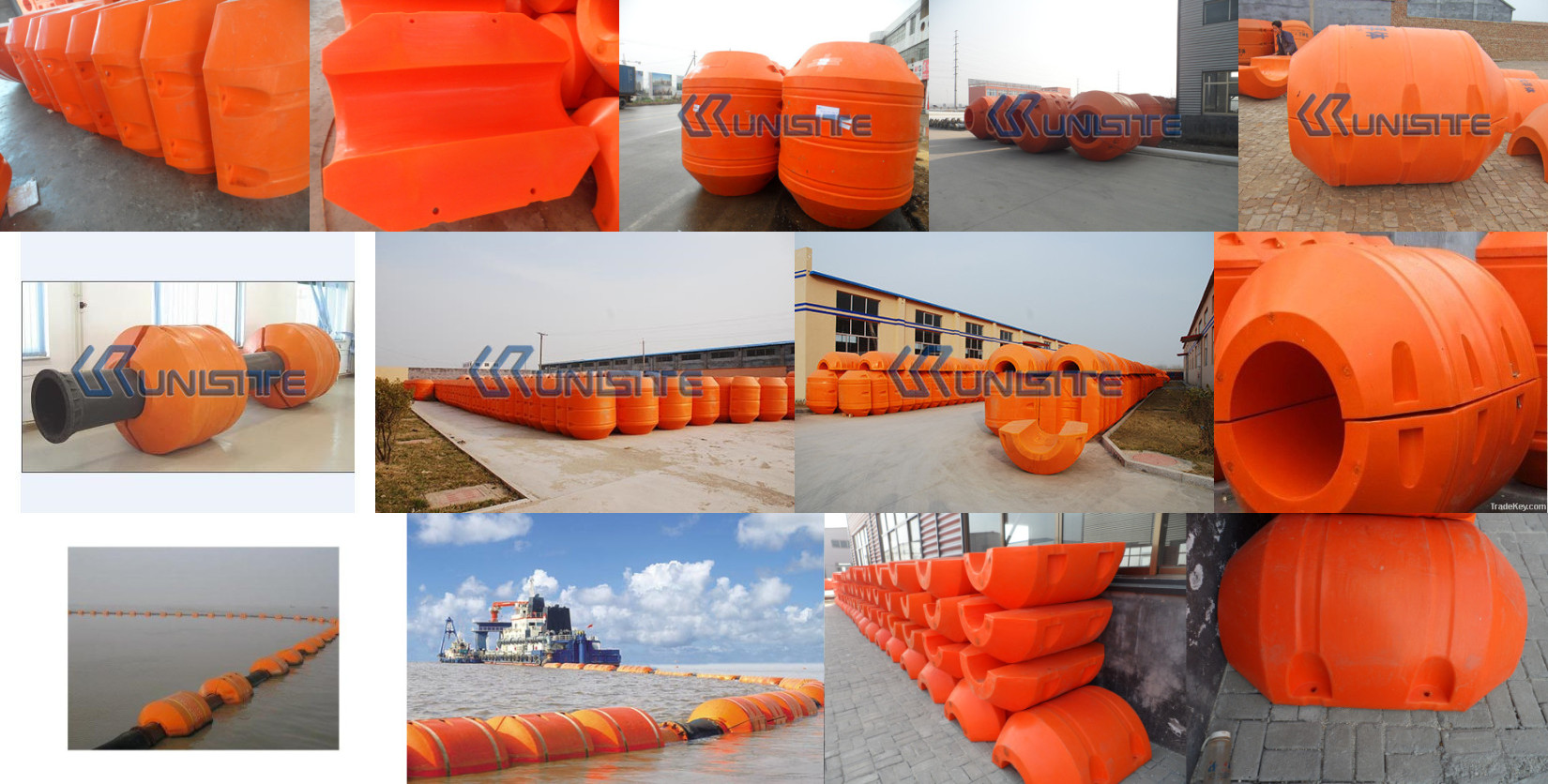On-chip nonreciprocal optical devices have always been a difficult point in integrated optical communication systems. They are characterized by the fact that light is transmitted from the positive side and the reverse transmission is terminated, as is the nature of the diodes inside the electronics, and is therefore widely used in some lasers The protection circuit is medium. At present, most of the integrated methods used in the world are realized by growing magneto-optical materials on a silicon on insulator (SOI) chip. However, this method is incompatible with the traditional CMOS process and needs the help of external magnetic fields. Many disadvantages make it unsuitable for the future development of integrated chips with low energy consumption, low cost and high integration. In 2012, Minghao Qi's group at Purdue University proposed a scheme to realize the non-reciprocal "photodiode" by using the thermo-optic effect in the passive asymmetric microring resonator, followed by many related work successively. In 2015, Prof. Dong Jianji's research group proposed a CMOS-compatible circulator scheme by using the thermo-optic effect inside the microring resonator. However, due to the low thermal coefficient in the silicon waveguide, the requirement for the input optical power of the device High, high energy consumption. Therefore, it is an urgent problem to look for an on-chip non-reciprocal device with simple process, compatibility with CMOS technology, low cost, high integration and low energy consumption. Professor Zhang Xinliang, Professor Dong Jianji and Qiu Huaking of Optoelectronic Devices and Integrated Functional Laboratory of Wuhan Optoelectronics National Laboratory proposed a non-reciprocal scheme based on the optical mechanical effect of asymmetric microring on the silicon substrate. The program continues Professor Dong Jianji Group task force before the toroid process is simple, compatible with the CMOS process, low cost, high integration and other advantages, but also because of the optical mechanical effect compared to the thermo-optic effect of a greater nonlinear redshift Greatly reducing the energy consumption of the device. Compared with the non-reciprocity caused by the thermo-optic effect, the efficiency is improved experimentally by nearly 10 times, which greatly reduces the requirement on the optical power. On April 7, 2017, the research report "Energy-efficient on-chip optical diode based on the optomechanical effect" (25.8 (2017)) was published online at OSA's Optics Express. ): 8975-8985). The research results have been supported by the National Natural Science Foundation of China (61622502,), the full text of published articles links as follows: (A) Device schematic (b) Device cross-sectional view (c) Top view of the device (d) Theoretical forward and reverse optical transmission of the spectrogram
Polyethylene floater excellent toughness linear medium density polyethylene resin as raw materials, combined with corrosion-resistant, anti-aging and other materials, after Rotational molding, filled with high-strength polyurethane foam blowing process to produce the product, reasonable structure, excellent performance. As the water floating material mud tubes become traditional Steel Pontoon alternative products, also add UV resin material, rich enough toughness, hardness to withstand natural environmental changes and low invasion, will not pollute the water, and recyclable recycling , forming a seamless whole floating body.
Photo of our Marine Float:
General
The hull of MDPE floater is made from medium density polyethylene of excellent flexibility, filled with high strength polyurethane foam inside. With reasonable structure and good performance, the MDPE floater becomes the best substitution of the traditional steel floater for the Floating Dredging Pipe. It is widely used as floater in offshore dredging working and oil area.
Construction
The construction is to be built according to the drawing with rules of good workmanship.
The floating body is equipped with shock and wave resistance, compact and reasonable structure, easy installation and excellent performance. Being floating materials for mud delivery pipeline on water, it becomes the first choice of dredging customers.
Service temperature range-60°C-80°C
Main particulars
MAIN PARTICULARS
Tolerance
High accuracy, normal
Length: 1 %, Diameter: ±1%, Thickness: ±1mm, Weight: ±2%
Material
PE or Polyurethane
Dimension(L*B*H)
As per drawing
Out diameter
500-2200mm
Plastic Thickness
7-16mm
Length
600-2500mm
Buoyancy force
200KG-9000KG
Marking
as per clients' requirements
Inspection
material, construction, dimension, surface
Surface
smooth and homogeneous, bright color
Others
Recyclable, in line with environmental requirements and standards, and reliable
1, anti-wave impact of the floating body, compact structure, easy installation, excellent performance, as water pipelines floating mud material become lost customers preferred product of sediment discharge.
2, toughness, resistance to environmental stress cracking resistance, suitable for the construction of sea and lake.
3, light weight, wear resistance, ease of installation and handling, low transportation costs transfer.
4, corrosion resistance, weather resistance, long life, is three times that of steel pontoon life.
5, the assembly is simple, fast, flexible, shape and diverse.
6, low price, the price was better than steel buoys.
7, because of stable quality, innovative design, reasonable price and good service, welcomed by users.
Polyethylene float performance characteristics:
b, impact resistance, acid and other corrosive
Polyethylene float features:
a, to ensure the delivery line of water float.
b, orange exterior color can be used as warning signs to prevent the strike line.
c, convenient transportation pipeline inspection and maintenance.
d, shorten the construction period, reduce costs, reduce maintenance costs.
Marine Float Rubber Water Hose,Flexible Rubber Hose,Steel Marine Floating,Marine Floating Hose Unisite Group Ltd. , https://www.shipsparts.nl
Good Toughness, strong environmental stress cracking resistance, and being appropriate for offshore and lake construction.
Light weight, good wind and wave resistance, wear resistance, impact resistance, corrosion resistance
Easy, fast and flexible assembling diversified modeling.
Low price and cost performance is significantly better than that of steel buoy.
Light weight, big Buoyancy.
Very low absorption rate
Simple installation and low maintenance costs
a, light weight, buoyancy
c, absorption rate
d, simple construction and low maintenance costs
e, temperature range -60-80 ℃
Use polyethylene float: mainly used in ocean, salt, fish farming, underwater oil, dredging duct laying.
A novel low-power on-chip photodiode solution